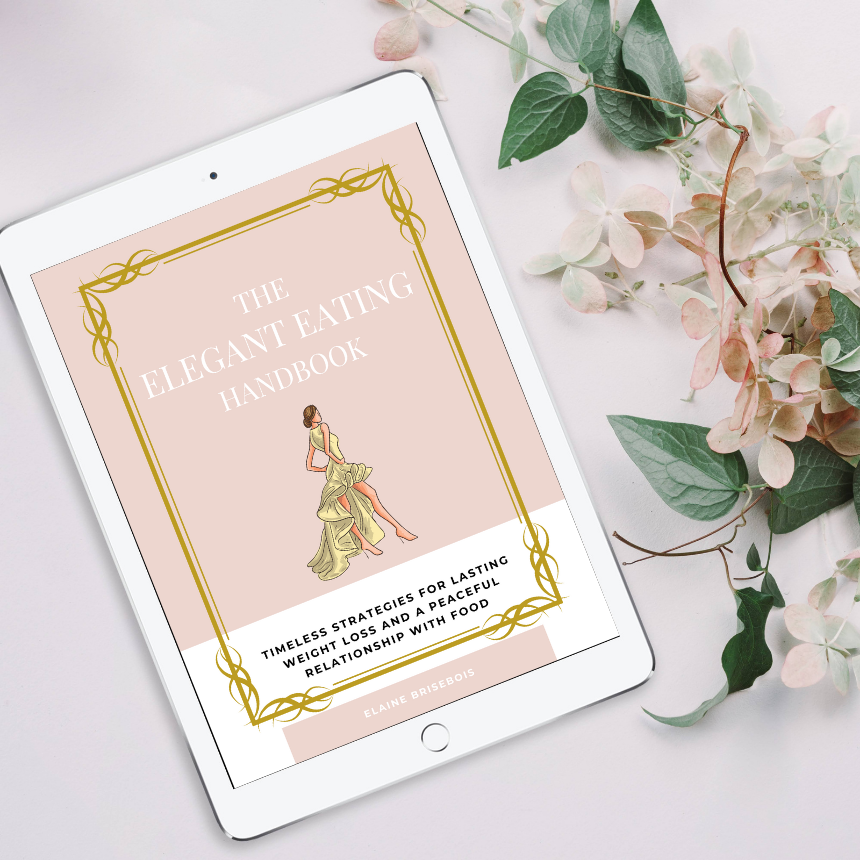Intermittent Fasting (IF) has become quite popular in recent years. But the truth is, the concept of fasting isn’t anything new – perhaps just packaged up differently.
Fasting is an ancient and time-tested practice.
As humans, we’ve evolved to be able to function without food for long periods since it wasn’t always readily available. Intermittent Fasting (IF) essentially mimics this earlier eating pattern, albeit intentionally, as it cycles between periods of fasting and eating.
We naturally fast every night when we go to bed – from the time we finish dinner until the time we wake up and eat our first meal of the day. Also known as “break” – fast.
The problem is – most people don’t derive much benefit from this overnight fasting period because the norm for most people is to eat or snack right up until bedtime and then wake up and begin the process all over again.
Fasting intermittently is a great tool for weight and fat loss, but it has numerous health benefits beyond just these.
When done correctly, other benefits include lowered blood sugar levels and improved insulin sensitivity, reduced inflammation, improved mental clarity and concentration, increased energy, and cellular repair.
When we fast or refrain from eating, we allow our body the opportunity to tap into its stored energy reserves – glycogen (stored sugars) and body fat.
When we eat, our hormone insulin goes up and tells our body to store any excess food fuel beyond our immediate needs as glycogen (mostly in the liver, but also skeletal muscles) and body fat.
Here’s the thing, though: Our bodies have a limited capacity to store glycogen.
If we’re continually eating beyond our body’s need for fuel (i.e. grazing all day, eating three meals with snacks in between, sipping on caloric beverages), then you can imagine where the majority of this excess food fuel will end up.
When we fast or refrain from eating, our insulin goes back down, and we allow our body the opportunity to tap into some of that stored energy.
However, our bodies will always deplete our glycogen stores first as it’s the more readily accessible form of fuel, and only then will it begin breaking down body fat for energy.
Intermittent Fasting (IF) is a tool we can use to help this process along intentionally.
The idea is to extend your fasting period so that you naturally restrict your “eating window”.
There are several different fasting regimens (i.e. 24 h, 36 h), but one such method that is easily accessible for most women is the 16:8 method, whereby you fast for 16 hours and restrict your “eating window” to 8 hours.
For example, this might look like eating your first meal at 11 am then finishing your last meal by 7 pm. It could also be from 10 am until 6 pm or 12 pm until 8 pm.
You don’t have to fast for 16 hours to reap all of the benefits, though.
For many – just fasting for 12 hours can be a significant upgrade to what they’re currently doing.
So, for example, that would look like cutting dinner off at 7 pm and not eating again until at least 7 am the next morning. Or only eating between the periods of 8 am until 8 pm.
This 12 hour fasting period is actually where many of the women I work with start – and it’s a great start because it means no more night-time eating right up until bedtime. Dinner should have an endpoint!
If you already naturally fast 12 hours per night and this sounds like a breeze, then consider jumping straight to 14 or 16 hours and see how you feel.
Find your fasting sweet spot.
If your eating window is 12 hours, then you’ll likely stick with your three meals per day.
If your eating window is between 8 and 10 hours, then you might reduce this to 2 main meals per day with perhaps a lighter meal or snack added in.
Keep in mind that these “longer” fasting periods don’t need to happen every single day.
For example, some women might integrate a 16 hour fast 2-3 times per week, and then aim for a 12 hour fast the rest of the days.
It should be a natural transition and never feel forced.
Instead, once you become accustomed to this new pattern of eating, it should start to feel effortless.
For example, if you’re someone who naturally doesn’t eat breakfast first thing in the morning, you likely won’t find it a big deal to push your first meal out a little later.
I integrate fasting when it fits my schedule, and it’s convenient. And although I may push out my first meal on many days – I still partake in a very pleasurable coffee ritual each morning :)
A few things to keep in mind before fasting…
During the fasting period, the idea is to refrain from eating altogether; this means no bites, licks, or sips besides non-caloric beverages like water, tea, and coffee.
It’s certainly not for everyone – i.e. pregnant or breastfeeding women. If you have any health conditions or are taking medications, check with your doctor to make sure it’s okay.
If you have no interest in fasting, that’s okay too!
The alternative to Intermittent Fasting is to stick with your three main meals with no snacks in between. You’ll still reap the benefits of these “mini fast” periods!
In ending, what I love most about Intermittent Fasting is that: it’s easily accessible to most women, it doesn’t require that you follow a specific diet, it can add simplicity and structure to an already busy and chaotic day, and it doesn’t cost a penny either!
If you’re interested in all of the science and research behind fasting, I recommend checking out this resource: https://thefastingmethod.com/the-science/ or reading The Obesity Code by Dr. Jason Fung.

Hi! I’m Elaine, a Certified Nutritionist and Master Certified Health Coach. I support women in achieving their health and body goals while prioritizing a peaceful and balanced relationship with food.

Get a free copy of my handbook!
The Elegant Eating Handbook: Timeless Strategies for Lasting Weight Loss and a Peaceful Relationship with Food.
share with friends
keep reading...





[…] example, not snacking between meals, intermittent fasting/timed eating, and increasing low energy density/high volume foods (i.e. veggies and fruit) are just 3 of the […]